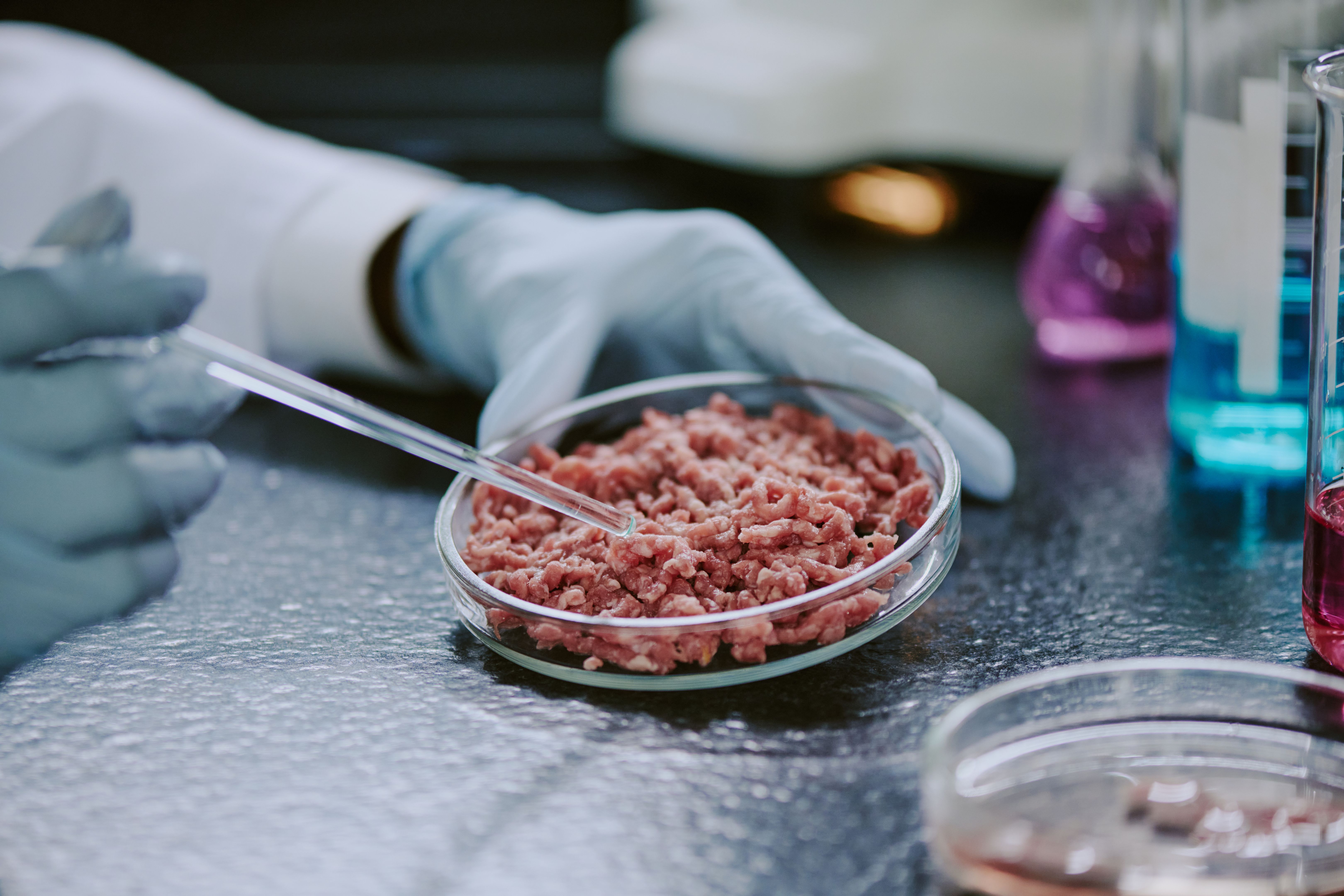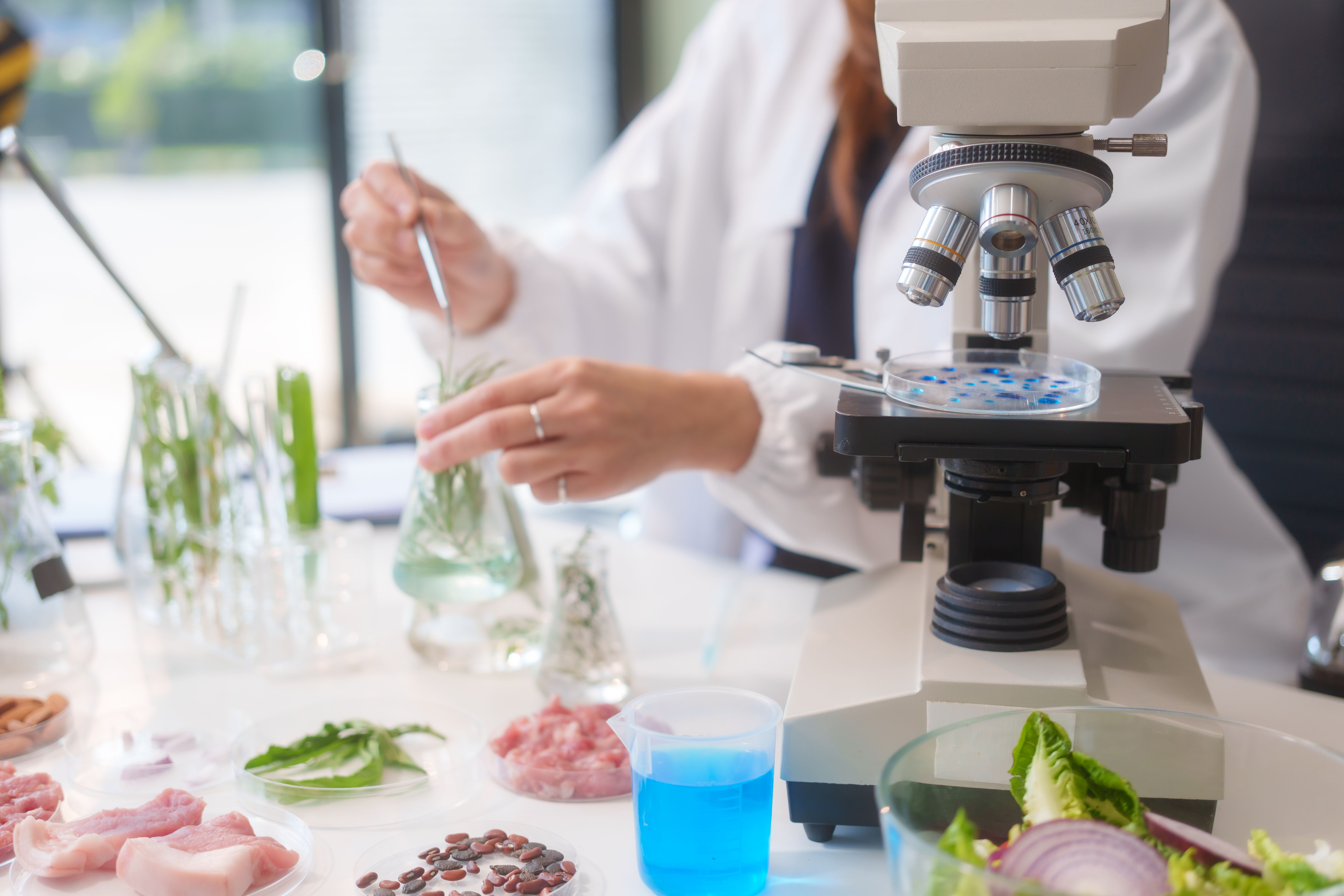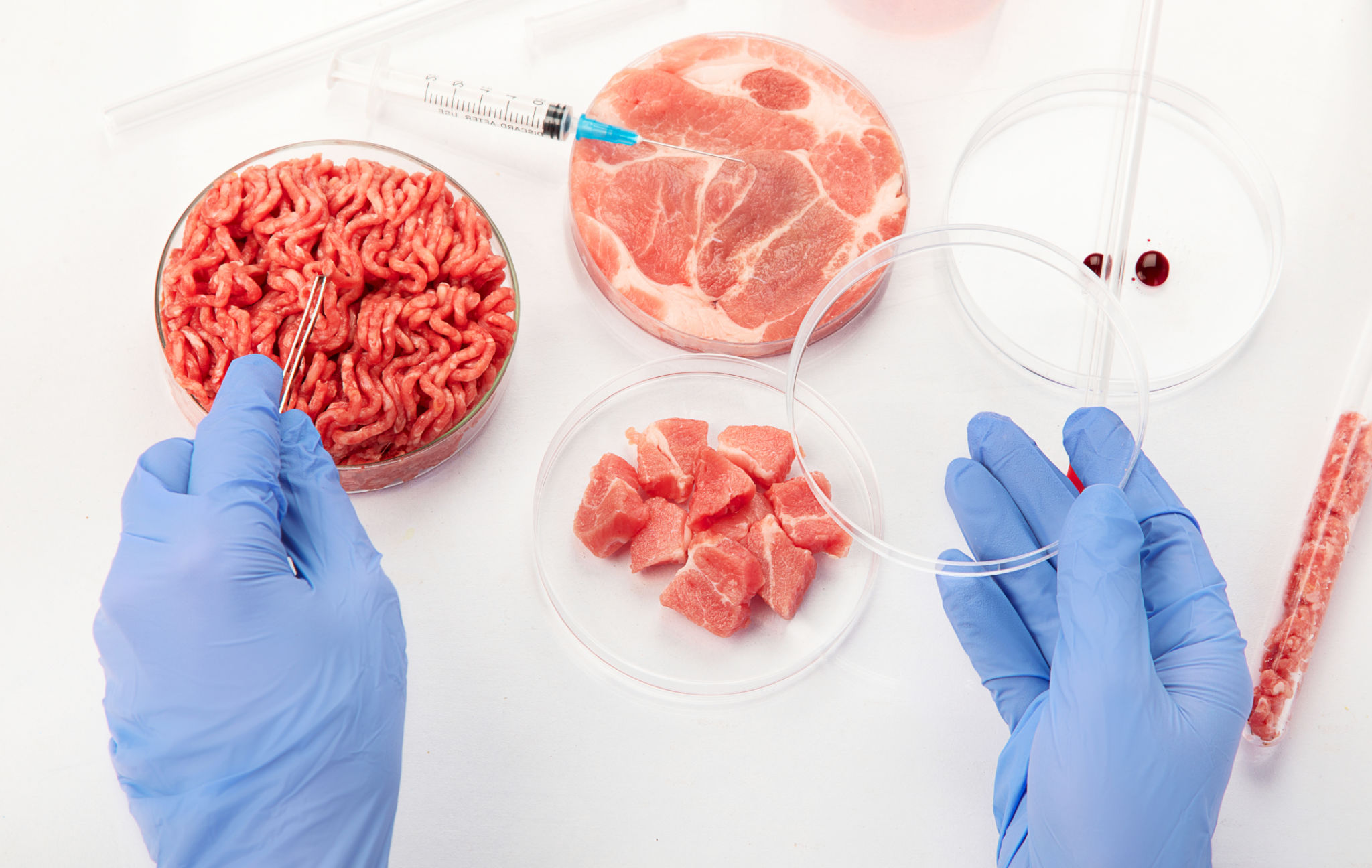Lab-Grown Meat: Evaluating Its Role in the Future of Food
Introduction
Not long ago, the idea of growing meat in a lab sounded like a headline from a futuristic magazine. Fast forward to today, and it’s attracting serious money and attention. Singapore and the US have already cleared lab-grown chicken for sale, while the EU is still weighing its options. For Irish farmers, the question isn’t whether this is interesting technology, it’s whether it could start nudging beef prices and reshaping markets in the years ahead.

What Exactly Is Lab-Grown Meat?
The process itself is fairly simple in theory. Scientists take a tiny sample of animal cells, feed them nutrients, and grow them in controlled conditions until they form muscle tissue. That tissue is then processed into burgers, nuggets, or fillets. It’s billed as real meat, just without the farm, the methane, or the slaughter. Whether consumers buy into that story is another matter.

Investment and Momentum
The pace of progress has been staggering. Back in 2013, the first lab-grown burger cost around €250,000 to make. Now, companies say they can do it for less than €10. It’s still too pricey for supermarket shelves, but it shows how quickly things are moving.
There are now more than 150 start-ups chasing this space, backed by over €3 billion in funding in just five years. Industry forecasts reckon the alternative protein market, including both plant-based and lab-grown products, could be worth €100 billion by 2030. If even a fraction of that goes into cultivated meat, it’s not something farmers can ignore.

Why People Are Paying Attention
The global population is heading for somewhere between 9 and 11 billion by 2050. That means more mouths to feed and more pressure on land, water, and food systems. Cultivated meat is being pitched as one answer, a way of producing protein without adding to deforestation or livestock numbers.
Consumers, too, are changing. A younger generation in particular is more focused on sustainability and ethics. Cultured meat is sold on the promise of fewer antibiotics, no slaughter, and a smaller environmental footprint. Surveys show plenty of curiosity, though most people admit they’ll only stick with it if the price is right and it tastes the same as the real thing.

The Roadblocks
For all the hype, there are still serious barriers:
- Cost: Cultivated meat is still far more expensive than conventional beef. Competing with Irish beef at €4–5/kg is a long way off.
- Carbon footprint: Some studies suggest that, with current methods, lab-grown meat could actually produce more emissions than pasture-raised beef unless it’s powered by renewable energy.
- Consumer doubts: Only about 20–30% of Europeans say they’d be willing to eat it regularly. Many still see it as unnatural or simply don’t trust it.
- Regulation: The EU is moving slowly. Approvals, labelling rules, and taxation are all still to be decided.

What It Means for Irish Farmers
Irish beef has always been sold on its story: green fields, grass-fed cattle, and family farms. That image is a powerful one, especially abroad. But if lab-grown meat becomes affordable and wins over urban consumers, it could chip away at the premium end of the market, exactly where Irish beef has always done well.
The numbers underline the risk. Over 90% of our beef is exported, and much of it goes to high-income EU countries. If just 5–10% of that demand shifted towards cultivated meat, it could be enough to put pressure on prices. For suckler farms, where average incomes are still under €10,000, even a small drop could make the difference between staying afloat and going under.
That said, Ireland still has a strong hand. Grass-fed, hormone-free beef is something consumers trust and value. Uruguay may market similar claims, but Irish beef has heritage, quality assurance schemes, and Bord Bia branding behind it. The job now is to double down on those strengths, not let them slip.

What Might Happen Next
There are a few possible scenarios:
- Niche only: Lab-grown meat remains expensive, showing up in restaurants or specialist stores but never taking much market share.
- Moderate presence: Costs fall, consumer acceptance grows, and lab-grown meat takes perhaps 10–20% of the premium market. Farmers would need to lean even harder into quality and branding.
- Big disruption: A major breakthrough slashes costs, and cultured meat goes mainstream. In this case, any beef sector that can’t prove its sustainability credentials could be squeezed.

Conclusion
Lab-grown meat won’t replace Irish beef next year, or even the year after. It’s expensive, consumers aren’t fully sold, and the EU hasn’t given it the green light. But with billions being poured in, it’s not going away.
For Irish farmers, the best defence is the story we already own: natural, grass-fed beef, produced to some of the highest standards anywhere in the world. That’s not easy to recreate in a lab. But it does mean we can’t stand still, we’ll need to keep improving, keep proving our sustainability, and keep telling our story if we want to stay ahead of the curve.
*By Anne Hayden MSc., Founder, The Informed Farmer Consultancy.
